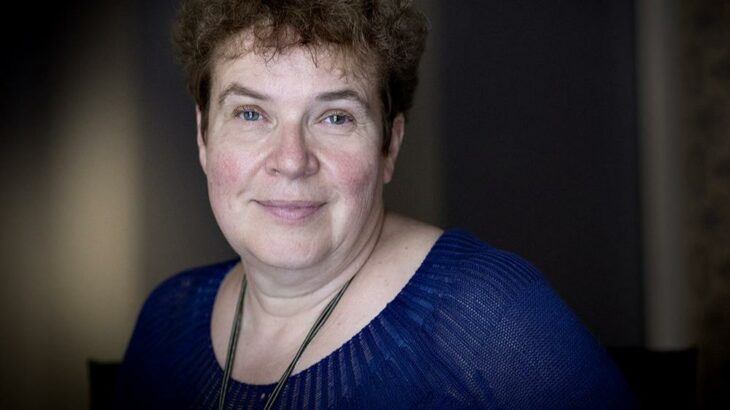
I was preparing for a lecture about the ’90s and was reading Eric Hobsbawm’s book “Bandits”.
This book was written long before men in crimson jackets became a common phenomenon in Russian life.
But it is surprising to realize that many of the conclusions drawn from a study of Colombian gang leaders or 18th century Balkan bandits apply very well to the Russian situation, and not only to the 1990s. Perhaps the transition from Soviet to “market” life in Russia is in many ways comparable to the breakdown of traditional rural societies, which is where Hobsbawm sees the origins of mass gangsterism.
Where life changes dramatically, where the authorities and the law are weakened, where thousands of people are thrown out of their usual existence, the role of energetic young people who know how to handle a gun increases dramatically. They try to determine their own destiny, but many become, to use Hobsbawm’s definition, “social bandits” who play a major role in the society around them.
Hobsbawm observed a trait that varies from country to country and from situation to situation: bandits who have emerged from their rural communities (or small towns or working-class suburbs) remain closely linked to them. Many of them begin to be perceived as the only carriers of justice in an unjust society. Brutal, bloody, but justice.
One can think of Don Corleone, to whom those who had nowhere else to turn went for help. It was clear to all of them that the Godfather did terrible things. What to do? “It’s not who we are, it’s who life is”, as the hero of “Boomer” says.
Hobsbawm very vividly shows both sides of social thuggery. Such people kill, rape, rob – and their cruelty is known to all. At the same time, they often help someone – their family and friends, the local church, a charitable foundation.
Hobsbawm analyzed many folk legends, songs and stories about bandits. Somewhere the bandits turn out to be noble robbers – Robin Hood, and somewhere – the bloody avengers. But all the same, they evoke admiration and admiration, even if associated with fear.
And this is not a feature of Russia or the “wild 90s”. Chinese robbers, Balkan hayduks, Ukrainian Oleksa Dovbush, Stenka Razin, American gangsters – they were looked upon as defenders.
The myth of bandits diverges greatly from reality, but it is all the more interesting because we are not talking about a few dozen people who break the law, but about how they are perceived by thousands.
“If we remove all the local color and social structure of gangsterism, what remains is the enduring emotion and the unchanging role of heroes. What remains is freedom, heroism, and the abiding dream of justice”, Hobsbawm writes.
Robin Hood emerges from Sherwood Forest and punishes the evil sheriff. We understand that another Robin has killed many people, robbed a bank, tortured his enemies – but he protects us.
Only all these dreams are directed to an empty space. Not every bandit is Robin Hood, and not every pirate is Captain Jack Sparrow. Shalamov could tell a lot about this. But even those bandits who fulfill their “social” function do not stay with those they seem to protect.
As Hobsbawm writes, they belong to the world of the oppressed on the one hand, and to the world of wealth on the other.
They protect “their own”, but then inevitably begin to move more and more in the world of power and authority – go to the service of the more powerful – the “field commanders”, generals, sovereigns, legalize their position – and become commander of the armies or members of the State Duma. And they bring there their bandit mores and habits, and not at all a concern for the weak.
In general, the hope that Don Corleone will help you out of a sense of innate justice does not work. You have to remember that and not romanticize the fraternity, no matter what songs are sung about it.




